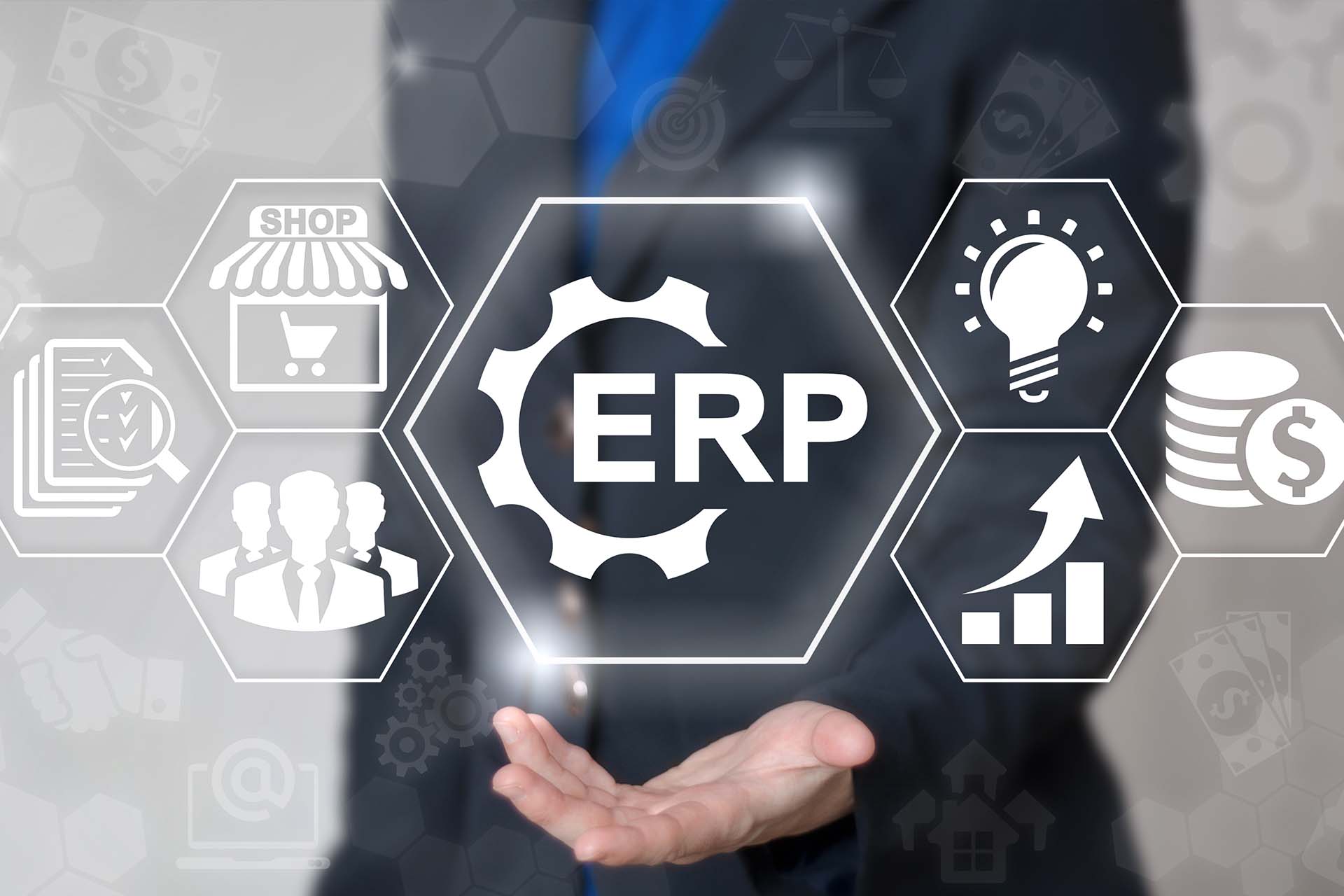
This is the second part of a series of blog posts on automating and streamlining routines between finance and ERP. In this blog post, we look at the core functions of financial management as an integral part of an ERP system, and the benefits it brings to routine work.
In the first part of the blog post series we looked at the issue from the perspective of integrating financial management systems into an ERP system using the IPa by Pinja integration platform.
The main task of an ERP system is to provide the tools to manage and develop the company’s activities. When choosing the right ERP solution for your business, it is often essential that the system includes the key functionalities of financial management. The financial monitoring of contracts and projects is closely linked to the business, and is part of the practical daily management. Seamless cooperation between production and financial management frees up a significant amount of time from management to the development of the competitiveness of the company.
What are the benefits of integrating financial management with an ERP solution?
In ERP systems, financial management usually refers to creating and sending sales bills, monitoring payments, recording and processing purchase bills, and monitoring project budgets and financial reporting, which is increasingly performed with BI tools. Integrating financial management into an ERP solution makes practical management more accurate, real-time, and efficient.
In Pinja’s Total ERP solution, financial management is an integral part of the ERP package. Therefore, it helps to improve both project management and financial management, as well as speeding up decision-making and reducing billing errors.
When financial management is a part of an ERP system, you can achieve benefits such as:
- The flow of information and the processing of sales and purchase bills becomes quicker, while the amount of manual work and errors is reduced.
- Real-time financial management takes into account possible changes in deliveries.
- The monitoring of margins of projects includes all purchase bill data in real time and in a comprehensive manner.
- Purchase bills can be immediately allocated to the right projects and the right orders.
- Sales bills can be sent after a certain step in the supply chain or when a certain operation has been acknowledged in the system. In addition to fixed payment installments, the lines of the invoice can also be created according to actual data. The person who performs the work can also enter additional information to the bill to help ensure that the bill is accepted without complaints.
- Comprehensive attachments and information on the delivery can be added to the bill. If the sales bill includes work that e.g. is eligible for household deduction, a completed household deduction bill can be attached to the bill sent from the system to the customer.
Separate solutions for accounting
Since the key task of an ERP system is to optimize the business rather than accounting, it is not necessary to include accounting in the ERP. Modern accounting systems follow industry practices, and are easy to integrate, and have their own loyal users in accounting firms. The Total ERP solution has ready-made integrations with the most common accounting software. The integration allows bill and payment information to be transferred in real time between the ERP financial management tools and the accounting solution.
Faster and more accurate billing of subcontractors
In many industries, the overall solution also includes work carried out by subcontractors. In the construction sector, for example, deliveries often include installation work performed by subcontractors. Pinja’s Total ERP solution allows the company’s subcontractors to use the system with their own subcontractor accounts.
When the employee signs off the work in the system, the bill for the work is authorized. Any specifications and documents containing additional information are also included in the bill, making it easier to check the rows of the bill, and to process and approve the bill in the recipient’s system. In delivering the work, the subcontractor can also create an invoice for their own work within the system to the company responsible for the delivery by updating the planned entity with realized and checked information.
When the person performing the work signs if off and provides additional information, the number of errors is reduced, and bills are not returned due to incomplete information.
The ERP is flexible so that the staff or the business objectives don’t have to be
A flexible ERP system adapts to your business processes and financial management models – not the other way around. A comprehensive ERP offers both flexibility and efficiency in the interplay between financial management and production. When choosing an ERP system, it’s a good idea to ensure that it offers functionalities that significantly streamline financial management.
Read more:
Pinja’s Total ERP solution
Blog: Competitive advantage through integration of financial management with ERP systems
Blog: What are the benefits of effective order and contract management?

Ari Harjula
I work at Pinja as the head of Total business unit. In addition to our ERP solutions, I help our customer companies streamline business and knowledge management with various BI and integration solutions. In my work, I am particularly inspired by interesting customerships and solving customers' diverse challenges. Due to my background in industrial economics and process industry, the company’s production processes as well as building bridges between technology, people and commerce are close to my heart.
Back to the Pinja Blog
Categories
- Career at Pinja (68)
- Manufacturing (48)
- Knowledge Management (45)
- Production Development (44)
- Software Partnership & Tools (42)
- Sustainability (37)
- Wood and Forestry (37)
- Bioenergy and Recycling (27)
- IT Support and Outsourcing (24)
- Ecommerce (23)
- Maintenance (22)
- Artificial Intelligence and Machine Learning (15)
- Public Services (9)
- Compliance (1)